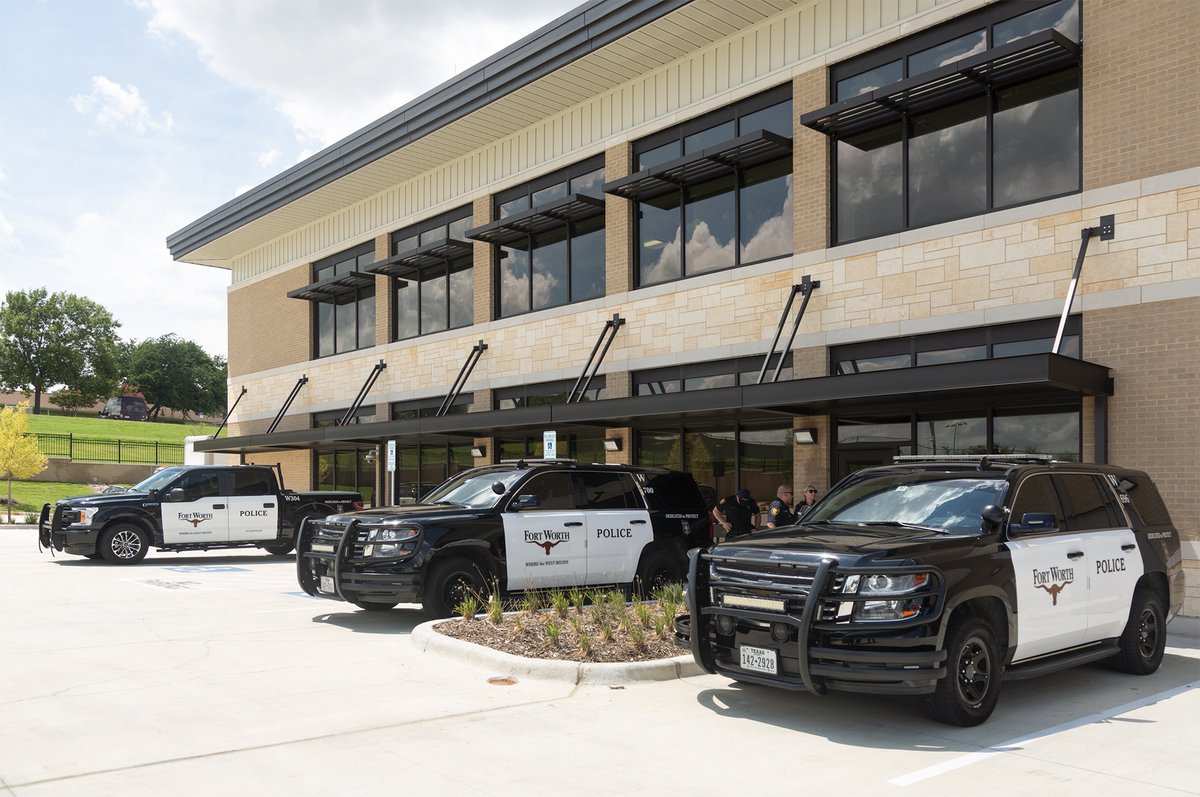Fort Worth’s crime rate is falling — and not by a little. In the second quarter of 2025, the city logged a 14.3% reduction in overall crime compared to the same time last year. Violent crime dropped more than 16%. Property crime is down 14 percent. And one neighborhood in particular is driving that momentum: Las Vegas Trail (LVT).
Long considered one of Fort Worth’s most chronically underserved areas, LVT has seen a 25% reduction in total crime this year, including a 13% drop in violent incidents and a staggering 31% decrease in property crimes. That’s not just encouraging — it’s unprecedented.
Commander Amy Heise, who oversees the Fort Worth Police Department’s efforts in the area, credits the turnaround to a multi-layered strategy that blends traditional policing with a community-based approach.
“I wish I could say it was one thing,” Heise said during a tour of the newly opened 40,000-square-foot neighborhood health center in LVT. “But really, it’s a conglomeration of everything that’s going on.”
That includes patrol officers doing the day-to-day work of solving crimes and removing bad actors from the street. But it also includes partnerships with local nonprofits, workforce organizations, and healthcare providers. In LVT, it’s not unusual to see officers helping a resident apply for a job, dropping off a donated car seat, or playing basketball with neighborhood kids after school. One officer even threw a birthday party in the bed of his pickup truck for a child who had no one else to celebrate with.
“That’s the type of relationship we’re building,” Heise said. “So that when crime does start happening, people feel safe coming to us and talking to us about it.”
The effort is part of a broader strategy known as #FortWorthSafe, a crime reduction initiative launched in 2021 that targets the city’s most serious offenses: homicide, robbery, aggravated assault, and shootings. The goal was to reduce violent crime by 10 percent within a year. Four years in, the program has helped drive consistent downward trends, not only in raw numbers but also in the underlying conditions that allow crime to take root.
“You’ve got parents struggling to make ends meet, no safe place for their babies to sleep,” Heise said. “Instead of writing them a ticket, we reach out to Cook Children’s, and they help us with car seats, bassinets, whatever’s needed. That’s crime prevention too.”
One of the most stubborn challenges, she noted, is domestic violence, which now accounts for roughly half of all violent crime in the area. To address it, the department is working with One Safe Place, a nonprofit that provides resources for survivors. This fall, they’ll begin training apartment managers throughout the neighborhood to identify signs of abuse and connect tenants with help.
“The question we always ask is, how do you stop that cycle?” Heise said. “It starts with awareness, access to services, and building support systems that last.”
Crime prevention in Fort Worth is also increasingly data-driven. Each patrol division has access to Strategic Operating Funds, which commanders use to respond quickly to crime spikes. Teams work closely with the department’s Real Time Crime Center, analysts, and specialized units — including Homicide, Narcotics, Gang, and Vice — to track emerging patterns and prevent incidents before they happen.
All of this intelligence flows into the National Incident-Based Reporting System, or NIBRS, which Fort Worth has used since 2006. Unlike older crime-reporting models, NIBRS collects detailed data on the context of each crime — victim-offender relationships, weapons used, time and location — providing a deeper understanding of what’s really happening on the ground.
And on Las Vegas Trail, what’s happening is change.
“The police department is a very important part, but we’re not the whole equation,” Heise said. “It’s everybody working together. That’s where we’re seeing the real change happening.”
